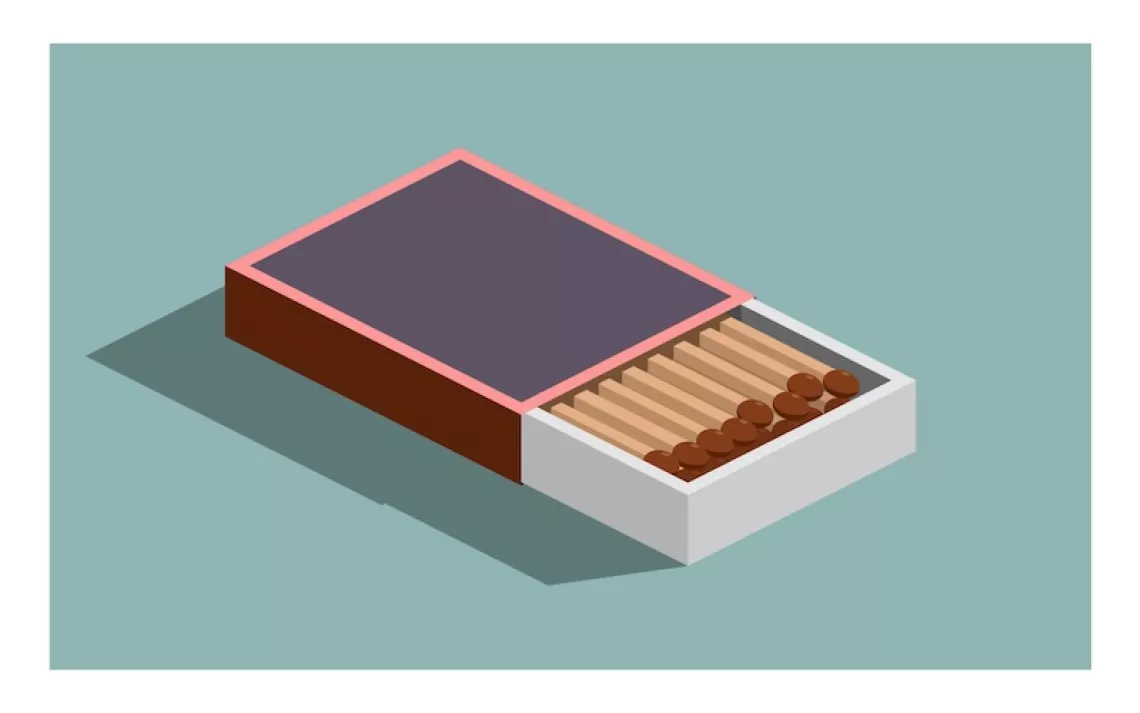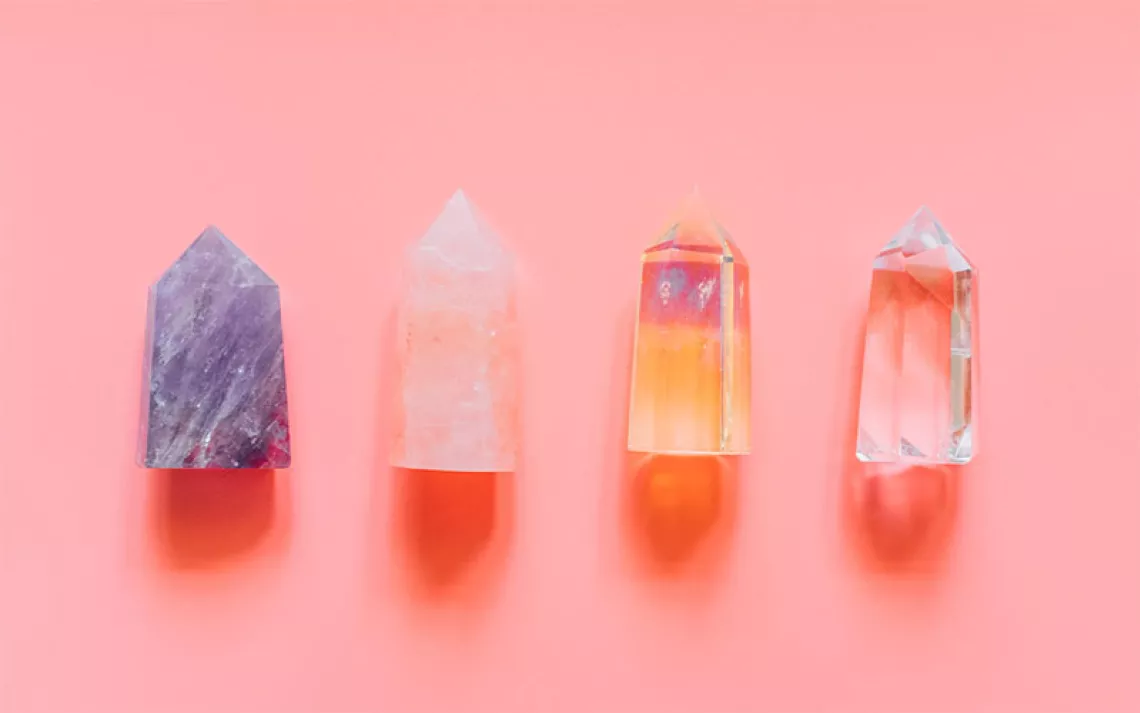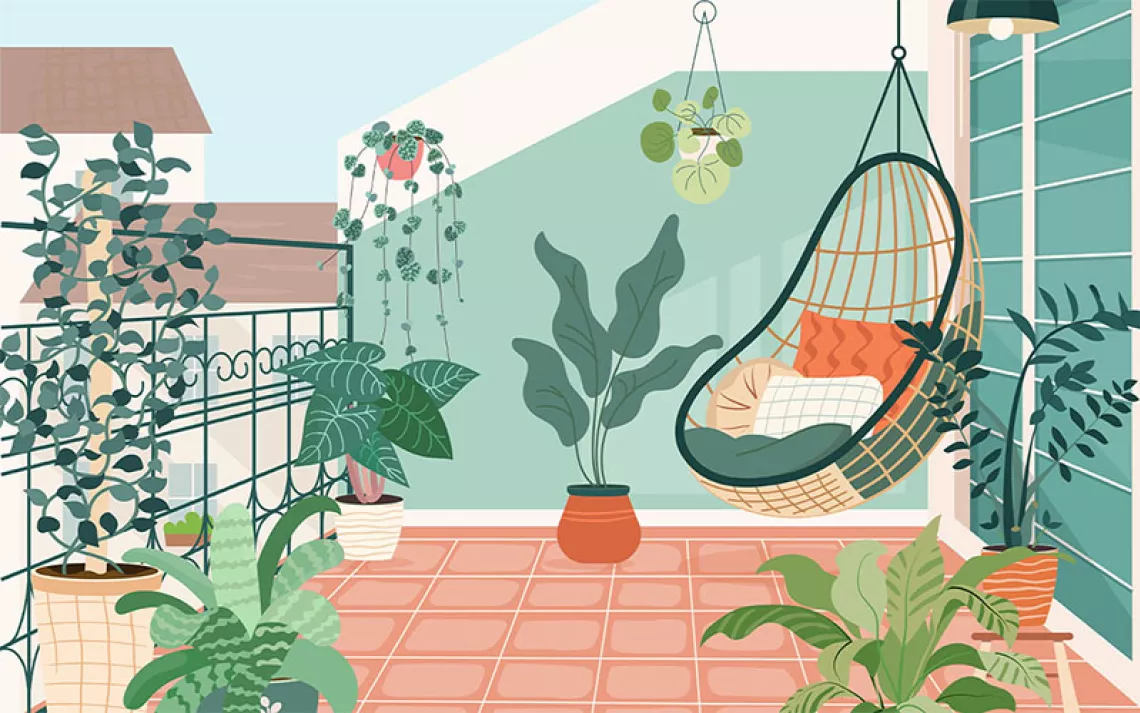What's the Greenest Paint for My Home?
Here are some safer, less-toxic options

Illustration by Loris Lora
Hey Ms. Green,
What is the most eco-friendly paint for inside my home and work space, including the walls and furniture? Also, what's the greenest way to recycle paint?
—Marivic in Madison, New Jersey
Here's a primer: That new-paint smell comes from ingredients that can be toxic to your health. A 2010 study found that exposure to elevated levels of volatile organic compounds (VOCs) in paint—including propylene glycol, glycol ethers, formaldehyde, and benzene—increases the likelihood of developing asthma and eczema.
Look for safer options with these third-party certifications, which indicate paints with less VOC content: Green Wise Gold, Master Painters Institute X-Green, and Cradle to Cradle. You can also use Green Seal–certified paints, though Green Seal doesn't factor in VOC emissions like the other eco-labels do.
I used BioShield Solvent-Free Wall Paint along with the BioShield trim enamel and wall glaze. It's been a few years, but my walls still look fresh. The paint is made with water, chalk, asbestos-free talc, and other less-toxic ingredients. It arrives looking like chalk; all you have to do is add water. BioShield sells other home-improvement products: clay paint, interior and exterior wood stains and finishes, and even beehive paint.
Paint can be flammable. Don't leave it lying around. And don't put it in the trash; that's illegal in many states. The greenest way to recycle your paint is through an extended producer responsibility program—in which companies pay for the recycling of their products. You can drop off paint at one of the sites listed on paintcare.org.
 The Magazine of The Sierra Club
The Magazine of The Sierra Club



